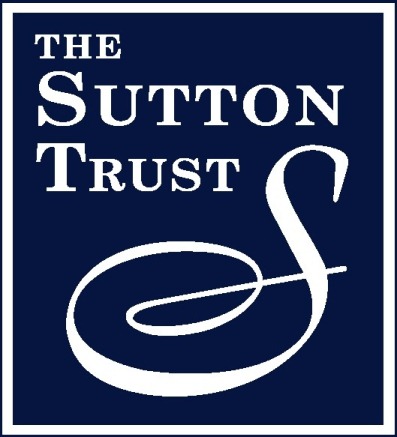- Russell Group share of disadvantaged and low participation area students has declined since 1997 compared to the rest of the sector.
- 4,700 state school students and 1,000 students from areas of the country with low historic participation ‘missing’ from 30 most selective universities each year – these students have the required grades but don’t get places.
- Students from London considerably more likely both to apply and to go on to attend higher education, with the rest of the country falling further behind each year.
A major study of higher education trends over the past 25 years, published today by the Sutton Trust, reveals persistent access gaps for poorer students, particularly at the most selective universities. The data, from a unique dataset compiled by dataHE for the Sutton Trust, shows that despite huge expansion of higher education, the progress that has been made in closing access gaps at top universities between state and independent school pupils has not translated into significantly more equal representation of poorer young people.
Entry rates to university have increased substantially over the last 25 years, with 50% of young people going on to higher education for the first time in 2017. Overall access for young people who attended state schools has improved, with state school students making up 90% of students going into English universities in 2020 compared to 82% in 1997. This shift has been particularly pronounced at Oxbridge, where the proportion of state school pupils has increased from around a half in 1997 to more than two thirds now. The proportion of the student population from areas with the lowest historic participation in higher education (POLAR) has increased from 7% to 12%. However, the gap in entry rates between the highest and lowest participation areas is still substantial, having only decreased by two percentage points since 2006.

